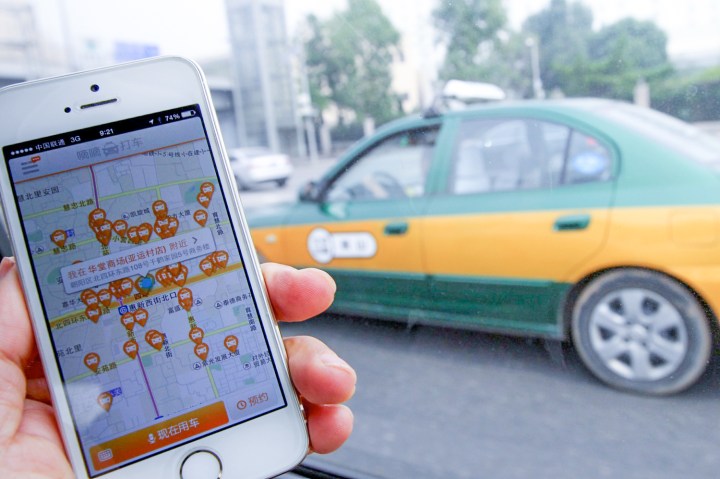
The change is meant to “enhance user safety and protection,” Didi says, and will benefit its 300 million registered users who hail Didi cars across 400 cities in China. The move comes shortly after Uber added its own panic button in 2015, largely as a response to the rape of a passenger in India. Didi also added a new Uber-esque real-time tracking tool that allows passengers to keep their friends and family posted on their estimated time of arrival, their vehicle license number, and further details about the trip. Not only can users access this information via the Didi app, but they’ll also be able to view it by way of messaging services like WeChat and QQ.
The news comes as the battle between Uber and Didi intensifies overseas, and while Uber seems confident in its ability to overtake Didi as the dominant transportation force in China, it has a lot of ground to make up. Didi has also introduced a number of other features to help passengers protect their privacy while communicating with their drivers, and has further security measures in place to verify drivers (like biometric driver authentication).
In its announcement, Didi noted that it is “the only ride-hailing platform in the industry to cooperate with relevant state departments in [China],” seemingly a direct challenge aimed at Uber and other competitors in the space.
But as long as the end result is safer passengers, it seems that we’ve little to complain about.


